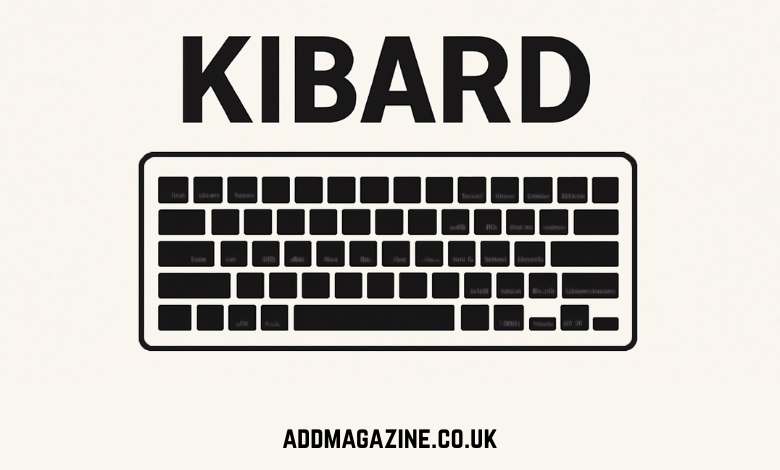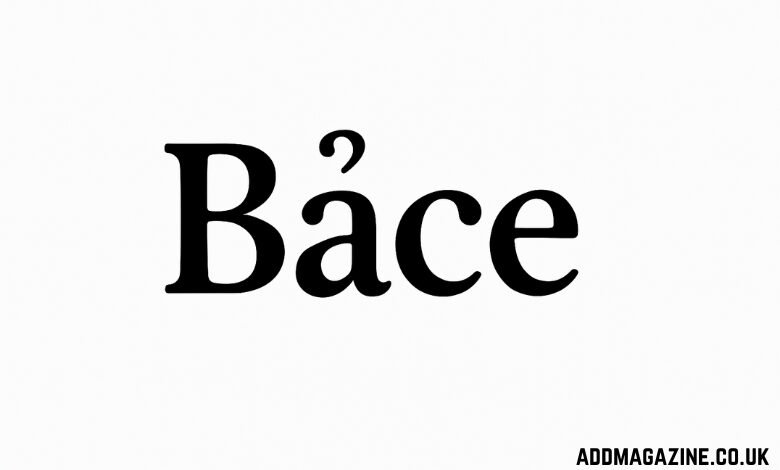When it comes to typing and digital input devices, one word that comes up frequently is keyboard. A keyboard is an essential part of our digital world, whether we’re typing emails, writing documents, or gaming. However, one common misspelling that people sometimes use is “kibard.” It’s easy to understand how this might happen—since the pronunciation of “keyboard” and “kibard” is very similar. But before diving into what a keyboard is, let’s first clear up the confusion surrounding “kibard.”
The Confusion Between Kibard and Keyboard
“Kibard” is often typed by individuals who are either mistyping the word “keyboard” or simply mispronouncing it. It’s a very common error when typing quickly or using voice-to-text software, which sometimes mistakes the word “keyboard” for “kibard.” Given that the sound of both words is close enough, it’s no surprise that people occasionally make this mistake. However, there are no significant differences between the two terms besides the spelling.
Now, let’s shift our focus to the real subject at hand: the keyboard, the device that many of us interact with every day.
What Is a Keyboard?
A keyboard is an input device that allows users to interact with their computers or other electronic devices by pressing keys. It’s one of the most commonly used devices in the world of technology, playing a crucial role in almost every digital interaction. Whether you’re using a computer, laptop, or even a smartphone (via an on-screen keyboard), the keyboard serves as the bridge between the user and the device’s software.
Keyboards typically consist of keys, which represent letters, numbers, symbols, and commands. Each key has a specific function, and when pressed, it sends a corresponding signal to the device. The layout of the keys and their functions may vary depending on the keyboard’s design, but the purpose remains the same: to facilitate communication between the user and the machine.
The Evolution of the Keyboard
The modern computer keyboard we use today evolved from earlier typing devices, most notably the typewriter. Typewriters, which were first invented in the 19th century, introduced the idea of mechanical typing with a set of keys. The concept of a “QWERTY” layout, which we still use today, originated from the design of the typewriter, with the aim of reducing key jams by placing frequently used letters further apart.
In the 1980s and 1990s, with the rise of personal computers, the design and function of keyboards began to evolve. Early keyboards were often bulky, mechanical devices that were loud and stiff, but over time, more refined and quieter keyboards were developed. These included membrane keyboards (which use a membrane layer for key registration) and mechanical keyboards (which rely on individual switches for each key).
Today, keyboards come in various styles, including ergonomic designs to reduce strain, wireless keyboards for more flexible setups, and gaming keyboards with specialized keys and features. Despite the technological advancements, the basic layout and concept of the keyboard have remained largely the same.
The Role of the Keyboard in Everyday Life
Keyboards have become a fundamental part of our digital lives. From office workers to students, gamers to writers, the keyboard is one of the primary tools we use to communicate and interact with technology.
- Productivity: In the workplace, keyboards are essential for typing documents, composing emails, and even entering data into spreadsheets. The efficiency of your keyboard can directly impact how quickly you work, especially if you are a fast typist.
- Communication: In the realm of social media, instant messaging, and emails, keyboards allow us to express ourselves. Whether it’s sending a quick text to a friend or crafting a detailed business email, the keyboard is the primary tool for written communication.
- Entertainment: For gamers, the keyboard is a primary input device. Gaming keyboards have special features such as customizable keys, backlighting, and macro buttons that allow for more efficient and enjoyable gameplay.
- Education: In education, students use keyboards to conduct research, type essays, and complete assignments. Whether it’s in a classroom setting or studying from home, the keyboard is an integral tool for modern learning.
- Creativity: Writers, bloggers, content creators, and journalists use keyboards to bring their ideas to life. A keyboard is a writer’s main tool for producing content, whether for books, articles, blogs, or even screenplays.
Different Types of Keyboards
While the standard keyboard layout (QWERTY) is used globally, not all keyboards are the same. Depending on the user’s needs, keyboards come in various forms:
- Mechanical Keyboards: These are known for their tactile feedback and individual key switches. Many gamers and typists prefer mechanical keyboards due to their durability, customization options, and satisfying key press feel.
- Membrane Keyboards: Membrane keyboards use a membrane layer beneath the keys that registers the press. These are quieter than mechanical keyboards and are more affordable, but they may not provide the same tactile feedback.
- Ergonomic Keyboards: Designed to reduce strain on the user’s hands and wrists, ergonomic keyboards have a unique shape that promotes a more natural typing position. These are especially helpful for people who spend long hours typing.
- Wireless Keyboards: Wireless keyboards use Bluetooth or other wireless technologies to connect to computers, tablets, or smartphones. This offers more flexibility and a clutter-free workspace.
- Gaming Keyboards: Tailored for gamers, these keyboards feature special keys, RGB lighting, and customizable macros. They are built to withstand heavy usage and provide a more responsive gaming experience.
- Virtual Keyboards: Found on touch-screen devices like smartphones and tablets, virtual keyboards display the keys on the screen and can be used with the touch of a finger. While less tactile than physical keyboards, they offer portability and convenience.
Keyboard Layouts Around the World
While the QWERTY layout is the most commonly used, it’s not the only one. Different regions and languages have variations on the standard keyboard layout:
- QWERTY Layout: The standard layout in most English-speaking countries.
- AZERTY Layout: Common in France and Belgium, this layout swaps a few keys (like “A” and “Q”) to accommodate French language requirements.
- Dvorak Layout: Designed to be more efficient than QWERTY, the Dvorak layout places the most commonly used letters on the home row for easier typing.
- QWERTZ Layout: Common in Germany and some other European countries, this layout swaps the “Y” and “Z” keys and is adapted for the German language.
The Future of Keyboards
With the advancement of technology, keyboards continue to evolve. Touchscreen devices have made physical keyboards somewhat less essential for certain activities. However, the traditional keyboard still has a strong place in many areas of digital interaction. Voice-to-text technology, gesture-based controls, and smart devices are pushing the boundaries of how we interact with technology, but the keyboard will likely remain a key part of the digital ecosystem for years to come.
In the future, we might see keyboards integrated into more wearable technology, or even into smart fabrics, where typing can be done by simply touching a surface or even by thinking. The possibilities are endless, and the evolution of keyboards is far from over.
Conclusion
The confusion surrounding “kibard” and its close resemblance to “keyboard” is understandable, but at the end of the day, both words are part of the same digital universe. The keyboard is a device that has stood the test of time, serving as the bridge between humans and computers. Whether you’re typing a quick message, working on a lengthy report, or playing a game, the keyboard remains a central part of our digital lives.
FAQs
1. What is Kibard?
Kibard is a common misspelling of the word “keyboard,” often due to similar pronunciation or typing errors.
2. Why do people write Kibard instead of Keyboard?
People may write Kibard as a typographical error or due to voice-to-text software misinterpreting the word “keyboard.”
3. Is Kibard the same as a Keyboard?
Yes, Kibard refers to a keyboard, which is an essential input device used for typing and interacting with digital devices.
4. Can using the term Kibard affect search results?
Yes, if people search for “Kibard,” it may bring up misspelled or incorrect search results related to keyboards.
5. How can I avoid writing Kibard instead of Keyboard?
To avoid this mistake, it’s important to proofread text and enable autocorrect features on devices to catch misspellings like Kibard.




